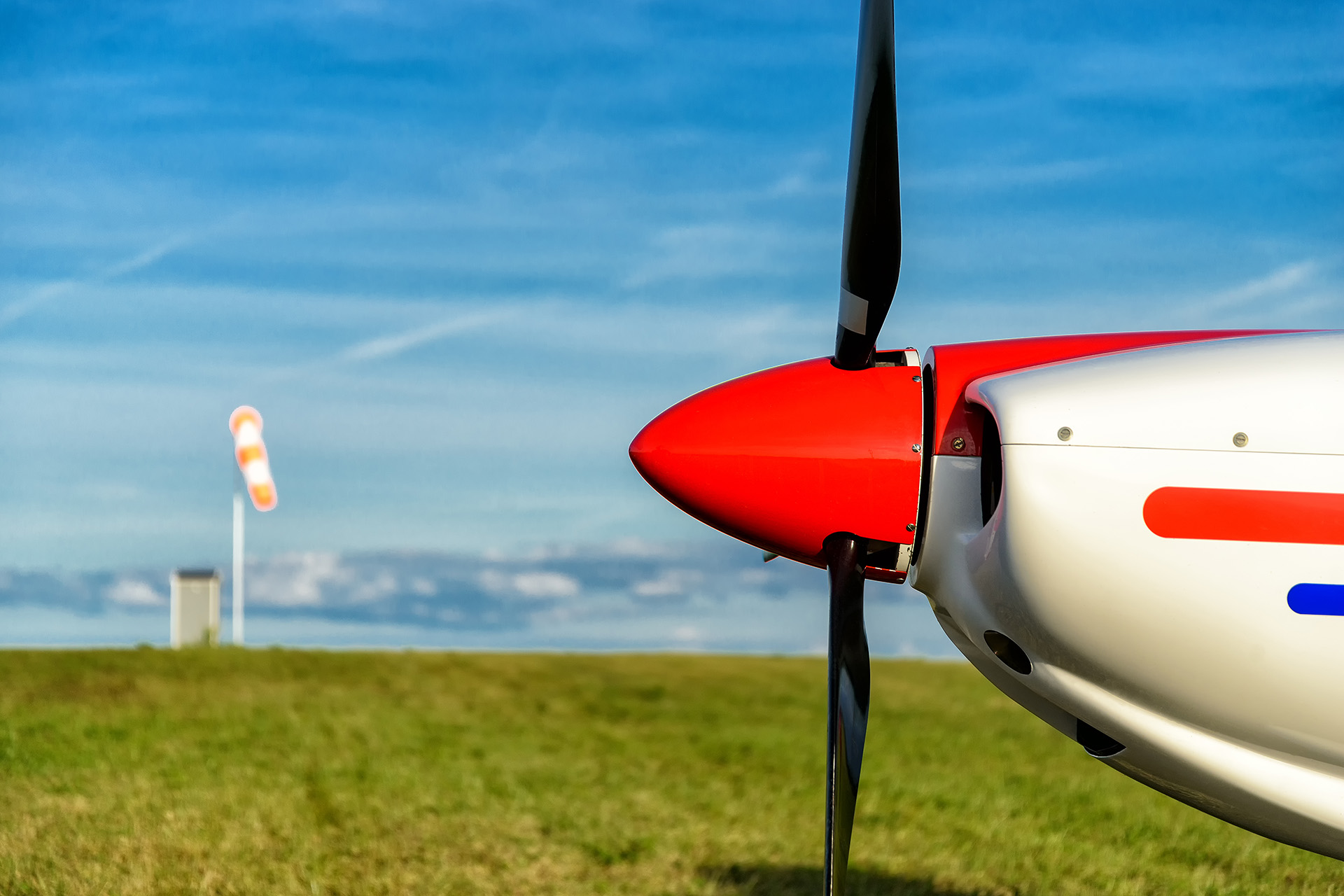Our General Aviation Unit is dedicated to effective regulation that supports and encourages a dynamic GA sector.
The creation of a dedicated GA Unit within the CAA in 2014 emerged from the Government’s Red Tape Challenge in 2013, which explored ways to reduce the regulatory burden on the general aviation sector. The unit has been assembled from airworthiness, flight operations and licensing specialists from across the CAA. All have significant knowledge and experience of general aviation, with most being active private pilots. The unit is based in the our Aviation House facility in Gatwick.
As of April 2021, the GA Unit partnered with the Remotely Piloted Aircraft System Unit (RPAS) teams.
The team covers most aspects of sport and leisure aviation plus regulation of commercial balloon operations and oversight of airshows. It regulates non complex aircraft including microlights, amateur built and historic aircraft, balloons, gliders, piston twins and singles up to 5,700kg maximum take off weight and single pilot helicopters up to 3,175kg.
Our approach to safety
We use a risk-based approach to safety regulation and seek levels of safety that are appropriate for the various elements of GA. We strive to keep those involved and affected by GA safe.
We use our GA policy framework to judge whether regulations are required and if so the level of requirements and oversight.
Safety resources for general aviation
Our free Clued Up magazine and article series is published periodically and has a wide distribution in the GA community.
The following are extra safety resources that may be useful for GA pilots. The resources are grouped by topic.
Airspace
One of the key safety projects involving GA is the aim to reduce the number of airspace infringements (where an aircraft enters airspace without permission or coordination). This is one of the key areas of work for the joint CAA/NATS and MoD Airspace and Safety Initiative. Useful advice and features are available on the the Initiative's website.
One tool to help cut infringements is for pilots to use listening out squawks. Details of the latest squawks and how to use them available from the Airspace and Safety Initiative.
If a pilot or controller feels two aircraft have come into conflict so that safety may have been compromised they can file a report with the UK Airprox Board, which are available to view.
You can check NOTAMS, charts and airfield information in the UK aeronautical information publication (UK AIP).
Several independent sites provide online flight planning facilities.
Weather
The UK Met Office provides information and weather specifically for GA pilots.
Flying
We publish a set of safety leaflets covering various aspects of GA flying.
The European Aviation Safety Agency (EASA) publishes GA safety information.
The Australian ATSB has published useful advice on partial engine failures in single engine aircraft.
Airworthiness
GA change programme
Much of our work to make our regulation of recreational GA more proportionate is being undertaken through the GA change programme that ensures we stick to our top level principles for better GA regulation. These are:
- Only regulate directly when necessary and do so proportionately
- Deregulate where we can
- Delegate where appropriate
- Do not gold-plate, and quickly and efficiently remove gold-plating that already exists
Since the GA change programme was initiated in 2015, over 60 projects have been completed covering a wide range of topics, enhanced guidance, simplification and rationalisation of regulation across the broad spectrum of:
- National
- EU and International
- Airspace
- Governance and Finance
Contact us
General Aviation Unit
Civil Aviation Authority
Aviation House, 2E
Beehive Ring Road
Crawley
West Sussex
RH6 0YR
Email: ga@caa.co.uk
Tel: +44 (0) 12 9357 3988

